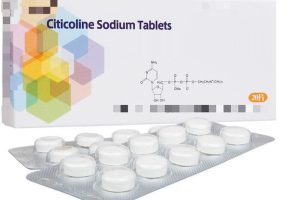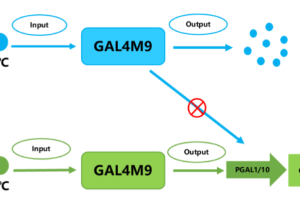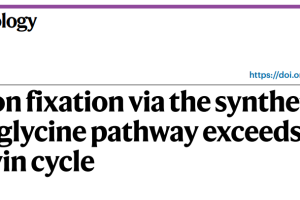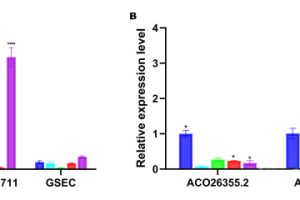Glutathione is divided into food grade, cosmetic grade, health grade and pharmaceutical grade. Glutathione is familiar to many people because it appears in many aspects of daily life.
So what exactly is glutathione
What is glutathione?
glutathione (GSH) is a tripeptide containing gamma-amide bond and sulfhydryl group, composed of glutamic acid, cysteamine and glycine. It is widely distributed in the cells of mammals, plants and microorganisms, and is the most important and abundant low molecular peptide containing sulfhydryl group.
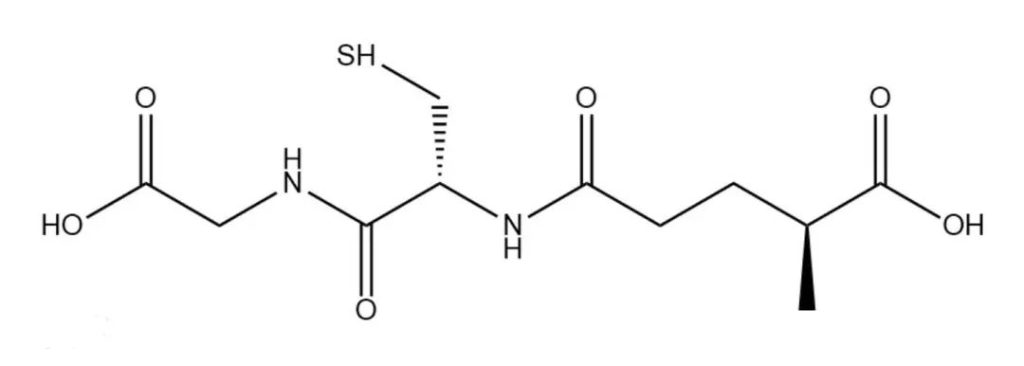
There are two forms of glutathione: reduced and oxidized, and the active reduced glutathione is the main form under physiological conditions. The two forms can be catalyzed tautometry by glutathione reductase.
Synthesis of glutathione
In 1888 De Rey-Pailhade isolated the first natural form of GSH from yeast, and in 1921 Hopkins prepared the first crystallization of GSH. In 1929, Pirie and Pinhey obtained the correct structural formula of GSH through the physiological and chemical study of the tripeptide, and Hanington synthesized GSH for the first time in 1935. Glutathione supplier
With the deepening of the research of GSH and the rapid development of modern science and technology, the main preparation methods of GSH are: chemical synthesis, biological fermentation and biological enzyme method.
1 Chemical synthesis method
Reduced glutathione is active and widely used. The active ingredient is not easy to separate and requires many chemical steps to be separated, so the reduced glutathione product produced by chemical method is not high in purity and the overall yield is not high.
2 Biological fermentation method
Biological fermentation has been developed for a long time and the process is mature, but the production cycle is long and some by-products will be produced, the process control is complex, the technical requirements are high, and the output is low, which is not conducive to industrial large-scale production.
3 Biological enzyme method
Enzymatic process has short production cycle, high yield, relatively easy purification and low cost. And enzymatic methods are more environmentally friendly. It is the main method of industrial scale production at present.
The power of glutathione
GSH as an important metabolic substance in the cell, is a tripeptide containing sulfhydryl by combining glutamic acid, cysteine and glycine.
It is not only a cogroup of glyceraldehyde-phosphate dehydrogenase, but also a coenzyme of glyoxalase and triose dehydrogenase. It participates in the tricarboxylic acid cycle and sugar metabolism in vivo, and has antioxidant and integrated detoxification effects.
Glutathione also helps maintain normal immune system function.
1 Detoxification
The thiol group on cysteine is the active group of GSH, which is easy to combine with some drugs (such as paracetamol) and toxins (such as free radicals, iodoacetic acid, mustard gas, lead, mercury, arsenic and other heavy metals), and has an integrated detoxification effect.
Therefore, glutathione (especially glutathione in liver cells) can participate in biological transformation, thereby transforming harmful poisons in the body into harmless substances and excreting out of the body.
And glutathione has a protective effect against leukopenia caused by radiation, radiopharmaceutical or antitumor drugs.
2 Antioxidant
Glutathione can activate a variety of enzymes, such as sulfhydryl (SH) enzyme-coenzyme, so as to promote carbohydrate, fat and protein metabolism.
The active sulfhydryl group (-SH) of GSH is the most important functional group, which can participate in a variety of important biochemical reactions in the body, protect the important enzyme protein sulfhydryl group from oxidation and inactivation, and ensure energy metabolism and cell utilization.
At the same time, through the combination of sulfhydryl and free radicals in the body, it can directly reduce free radicals to acidic substances, thereby accelerating the excretion of free radicals, and combating the damage of free radicals to important organs.
Even the decrease of GSH content is a potential early activation signal of apoptosis, and the subsequent production of oxygen free radicals promotes cell apoptosis.
3 Protect your immune system
Activated T cells produce reactive oxygen species (ROS), triggering the antioxidant glutathione (GSH) response necessary to buffer rising ROS and prevent cell damage.
The antioxidant GSH pathway has important effects on T cell effectors in metabolic integration and reprogramming during inflammatory T cell responses.
Therefore, GSH can prevent autoimmune diseases by affecting T-cell-specific ablation and block antiviral defense.
The application of glutathione
Glutathione, as an important cellular regulatory substance, has a variety of functions and levels, and is used in many aspects of life
1 Clinical Drugs
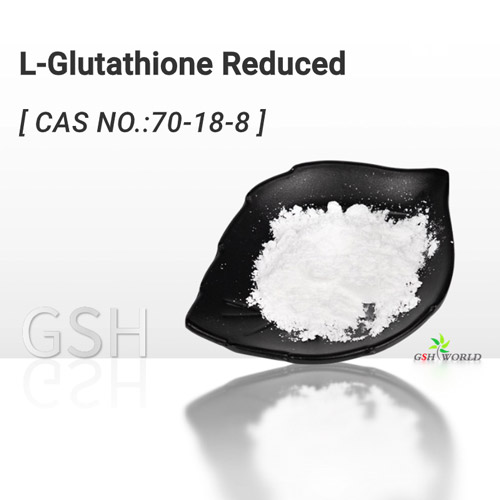
- Liver injury: viral liver disease, drug-induced liver disease, toxic liver injury, fatty liver, cirrhosis, etc.
- Kidney injury: acute drug-induced kidney injury, uremia;
- Chemoradiotherapy protection;
- Diabetes: Complications, neuropathy;
- Hypoxic ischemic encephalopathy; All kinds of hypoxemia.
2 Health Care Applications
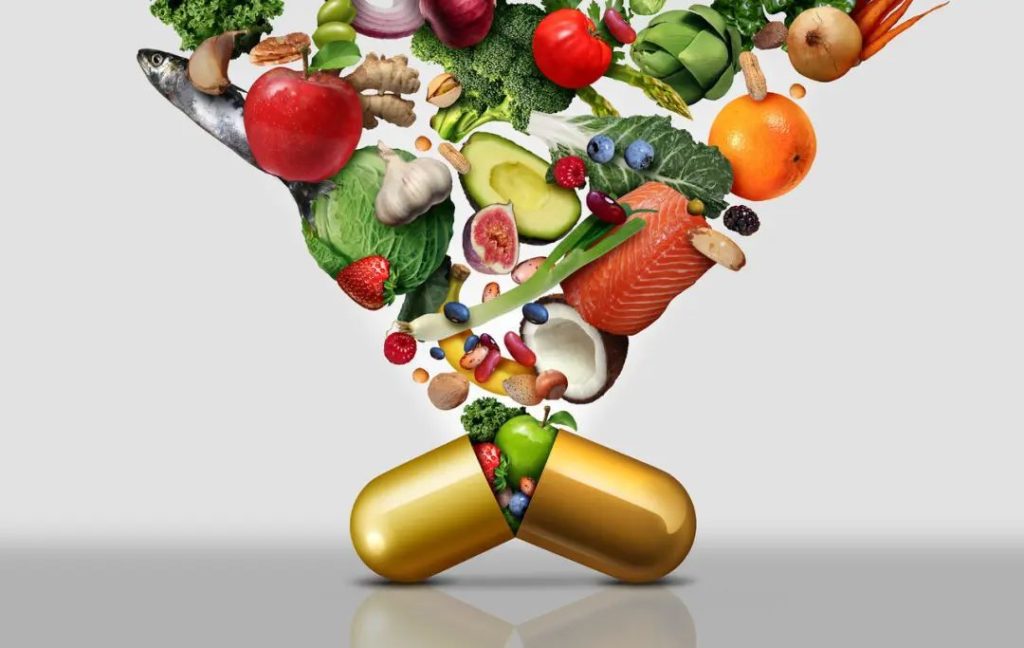
Whitening anti-oxidation, regulating complexion, detoxifying liver, improving immunity, anti-aging and so on
3 Food Addition

Add to flour products, can play a reducing role. It shortens the time for making bread to about one-third of the original, and plays a role in strengthening food nutrition and other functions.
When added to yogurt and baby food, it is equivalent to vitamin C and can act as a stabilizer.
When added to meat products and cheese and other foods, it has the effect of strengthening flavor and preservation.
reference
- [1] Liu Yajuan, Li Xuesong, Li Qinyuan, et al. Reduced glutathione research progress in the treatment of immune related diseases [J]. Journal of clinical medicine, 2016, 20 (17) : 4. DOI: 10.7619 / JCMP. 201617080.
- [2] Chi Yujie. Health food science. China Light Industry Press. 2016.12
- [3] Zhao Guofen, Zhang Shaobin. Basic biochemistry. China Agricultural University Press. 19, 2014
- [4] Dai Tao, Yin Zhifeng, Wang Liangyou. Reduced glutathione and clinical application research progress [J]. Journal of chengde medical college, 2014, 31 (5) : 432-435. The DOI: 10.15921 / j.carol carroll nki cyxb. 2014.05.084.
- [5]Mak TW, Grusdat M, Duncan GS, Dostert C, Nonnenmacher Y, Cox M, Binsfeld C, Hao Z, Brustle A, Itsumi M, Jager C, Chen Y, Pinkenburg O, Camara B, Ollert M, Bindslev-Jensen C, Vasiliou V, Gorrini C, Lang PA, Lohoff M, Harris IS, Hiller K, Brenner D. Glutathione Primes T Cell Metabolism for Inflammation. Immunity. 2017 Apr 18; 46 (4) : 675-689. The doi: 10.1016 / j.i mmuni. 2017.03.019. Erratum: in Immunity. 2017 Jun 20; 46(6):1089-1090. PMID: 28423341.
- [6] Gu Hong, College of Food Science, Shenyang Agricultural University. Research and application of glutathione, a natural functional food additive [C]// China Fermentation Industry Association. China Fermentation Industry Association, 2009.
- [7] Hu Shengyao, Nie Zhiyan, Yuan Qinsheng. The research progress of reduced glutathione [J]. Journal of food and medicine, 2009, 11 (1) : 69-71. The DOI: 10.3969 / j.i SSN. 1672-979 – x. 2009.01.022.
- [8] Cui Xiaolin, Wang Fengshan. Research progress of glutathione in the prevention and treatment of diseases [J]. Chinese Journal of Modern Applied Pharmacy, 2017, 034(004):631-636. (in Chinese)



